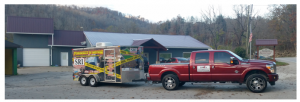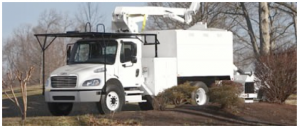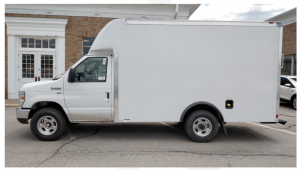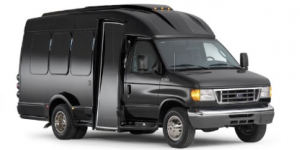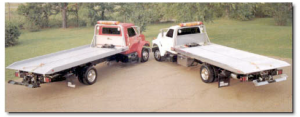Two distinctly different definitions for a commercial motor vehicle are contained within the Federal Motor Carrier Safety Regulations. These definitions create a lot of confusion for the legal community. The following is an explanation of these two definitions.
FMCSR part 383 outlines the requirements for a commercial driver’s license. Part 383.5 defines the types of motor vehicles that require a CDL to operate. This is not the true definition of a Commercial Motor Vehicle. The definition in this section simply states the specifications of the vehicles that require a CDL to operate. If you have a situation involving a vehicle that is described in this section, it is a commercial motor vehicle and it requires the driver to have a CDL to operate it. The following is a reprint of this definition.
Commercial motor vehicle (CMV) means a motor vehicle or combination of motor vehicles used in commerce to transport passengers or property if the motor vehicle—
(1) Has a gross combination weight rating or gross combination weight of 11,794 kilograms or more (26,001 pounds or more), whichever is greater, inclusive of a towed unit(s) with a gross vehicle weight rating or gross vehicle weight of more than 4,536 kilograms (10,000 pounds), whichever is greater; or
(2) Has a gross vehicle weight rating or gross vehicle weight of 11,794 or more kilograms (26,001 pounds or more), whichever is greater; or
(3) Is designed to transport 16 or more passengers, including the driver; or
(4) Is of any size and is used in the transportation of hazardous materials as defined in this section.
FMCSR part 390 contains definitions for the Federal Motor Carrier Safety Regulations. The true definition for a commercial motor vehicle is found in section 390.5 and is a follows:
Commercial motor vehicle means any self-propelled or towed motor vehicle used on a highway in interstate commerce to transport passengers or property when the vehicle—
(1) Has a gross vehicle weight rating or gross combination weight rating, or gross vehicle weight or gross combination weight, of 4,536 kg (10,001 pounds) or more, whichever is greater; or
(2) Is designed or used to transport more than 8 passengers (including the driver) for compensation; or
(3) Is designed or used to transport more than 15 passengers, including the driver, and is not used to transport passengers for compensation; or
(4) Is used in transporting material found by the Secretary of Transportation to be hazardous under 49 U.S.C. 5103 and transported in a quantity requiring placarding under regulations prescribed by the Secretary under 49 CFR, subtitle B, chapter I, subchapter C.
Some vehicles as defined by part 390.5 may not meet the requirements in the definition of 383.5 which require a CDL to operate the vehicle. However, the business / motor carrier / operator is still required to comply the FMCSR excluding those parts specific to CDL drivers.
These vehicles are all commercial motor vehicles however none of them require a CDL to be operated.



